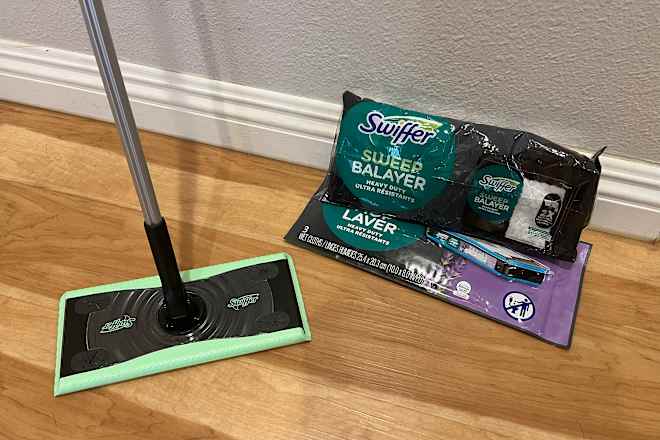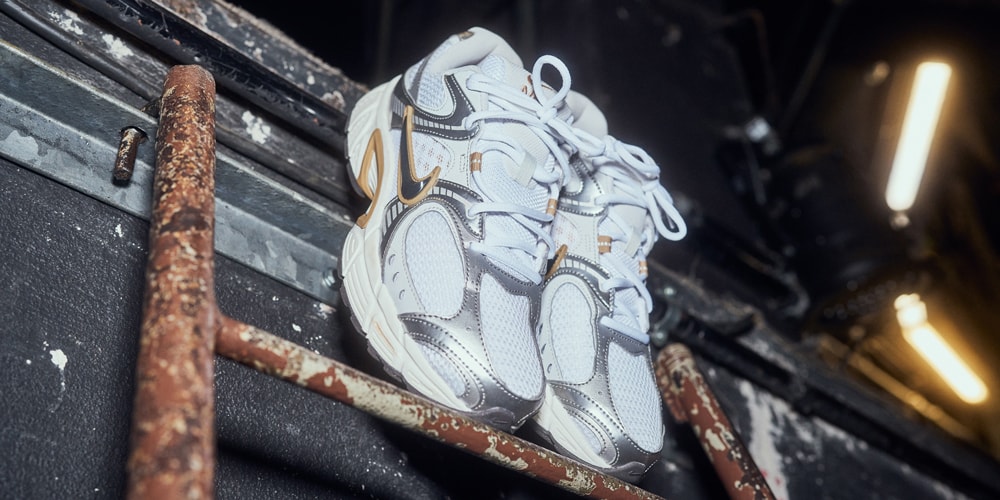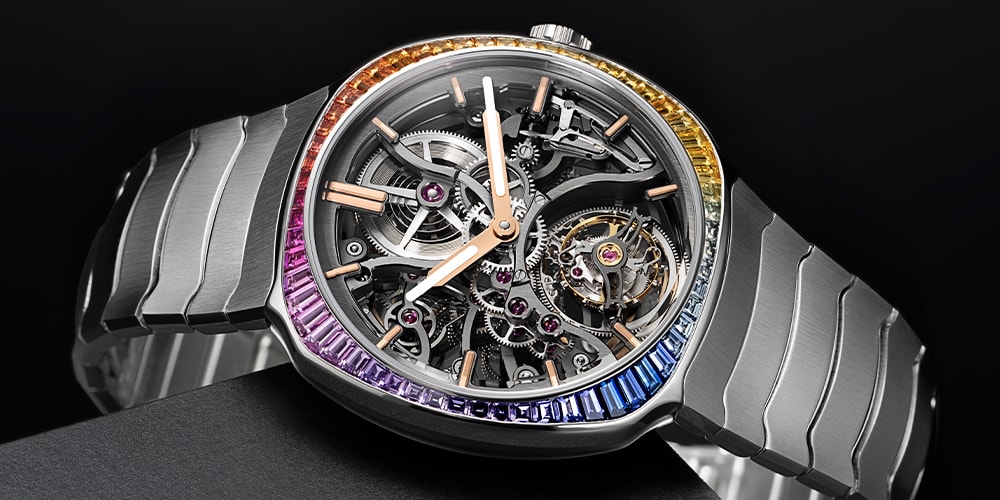Unusual Heat Set Insert Tool
I am not sure if this fits here, but I'm honestly not sure exactly where it would fit. Background Info: I've designed a custom 3D Printed storage system for my own use. It's working out great, but it has room for some improvements. The system is composed of "drawers" and "cabinets". This post is focusing on a specific issue of the cabinets. Each cabinet is made to hold 3 drawers and is composed of 4 identical divider plates and 12 wall pieces. The divider plates are all identical and have two sets of holes evenly spaced from the top and bottom. The wall pieces have tabs approximately half the thickness of the divider plate that fit into slots in the divider plate. Currently, I'm installing heat set inserts into the tabs of the wall sections and running screws through the outside of the divider plate, all the way through the wall section tab and into a recess in the main body of the divider plate. I fell like I would have a stronger system if the heat-set insert was in the main body of the divider plate instead of the tab of the wall. The inserts would fit in the gap that the tab slides into, but I don't have a way to heat them without melting the outer wall of the print. This is where my idea comes in, and I'm making this post as a bit of a sanity check. Anyone remember those "cold heat" soldering irons? They essentially used two conductive carbon or ceramic elements separated by a fine gap as the tip. Voltage was applied to the conductive elements, but they didn't heat up much themselves. They wouldn't conduct until they were brough into contact with a piece of wire or a component lead which would then heat up enough to melt solder. I'm wondering if I could do something similar. Make a thin rod of conductive carbon, split in half lengthwise with a mica (or something) insulator down the middle that would be narrow enough to fit smoothly into a heat-set insert and pass cleanly through any non-threaded loose fit screw holes in higher level surfaces. Connecting each half of the carbon to a controllable voltage, the insert itself would heat up when the carbon rods touch it. I'm just not 100% sure what the "magic" material in the tip of the cold heat soldering iron is. Would this work, or am I completely nuts? Anyway to heat the insert with induction? submitted by /u/PleasantCandidate785 [link] [comments]
I am not sure if this fits here, but I'm honestly not sure exactly where it would fit.
Background Info: I've designed a custom 3D Printed storage system for my own use. It's working out great, but it has room for some improvements. The system is composed of "drawers" and "cabinets". This post is focusing on a specific issue of the cabinets. Each cabinet is made to hold 3 drawers and is composed of 4 identical divider plates and 12 wall pieces. The divider plates are all identical and have two sets of holes evenly spaced from the top and bottom. The wall pieces have tabs approximately half the thickness of the divider plate that fit into slots in the divider plate. Currently, I'm installing heat set inserts into the tabs of the wall sections and running screws through the outside of the divider plate, all the way through the wall section tab and into a recess in the main body of the divider plate. I fell like I would have a stronger system if the heat-set insert was in the main body of the divider plate instead of the tab of the wall. The inserts would fit in the gap that the tab slides into, but I don't have a way to heat them without melting the outer wall of the print.
This is where my idea comes in, and I'm making this post as a bit of a sanity check. Anyone remember those "cold heat" soldering irons? They essentially used two conductive carbon or ceramic elements separated by a fine gap as the tip. Voltage was applied to the conductive elements, but they didn't heat up much themselves. They wouldn't conduct until they were brough into contact with a piece of wire or a component lead which would then heat up enough to melt solder.
I'm wondering if I could do something similar. Make a thin rod of conductive carbon, split in half lengthwise with a mica (or something) insulator down the middle that would be narrow enough to fit smoothly into a heat-set insert and pass cleanly through any non-threaded loose fit screw holes in higher level surfaces. Connecting each half of the carbon to a controllable voltage, the insert itself would heat up when the carbon rods touch it. I'm just not 100% sure what the "magic" material in the tip of the cold heat soldering iron is.
Would this work, or am I completely nuts?
Anyway to heat the insert with induction?
[link] [comments]





































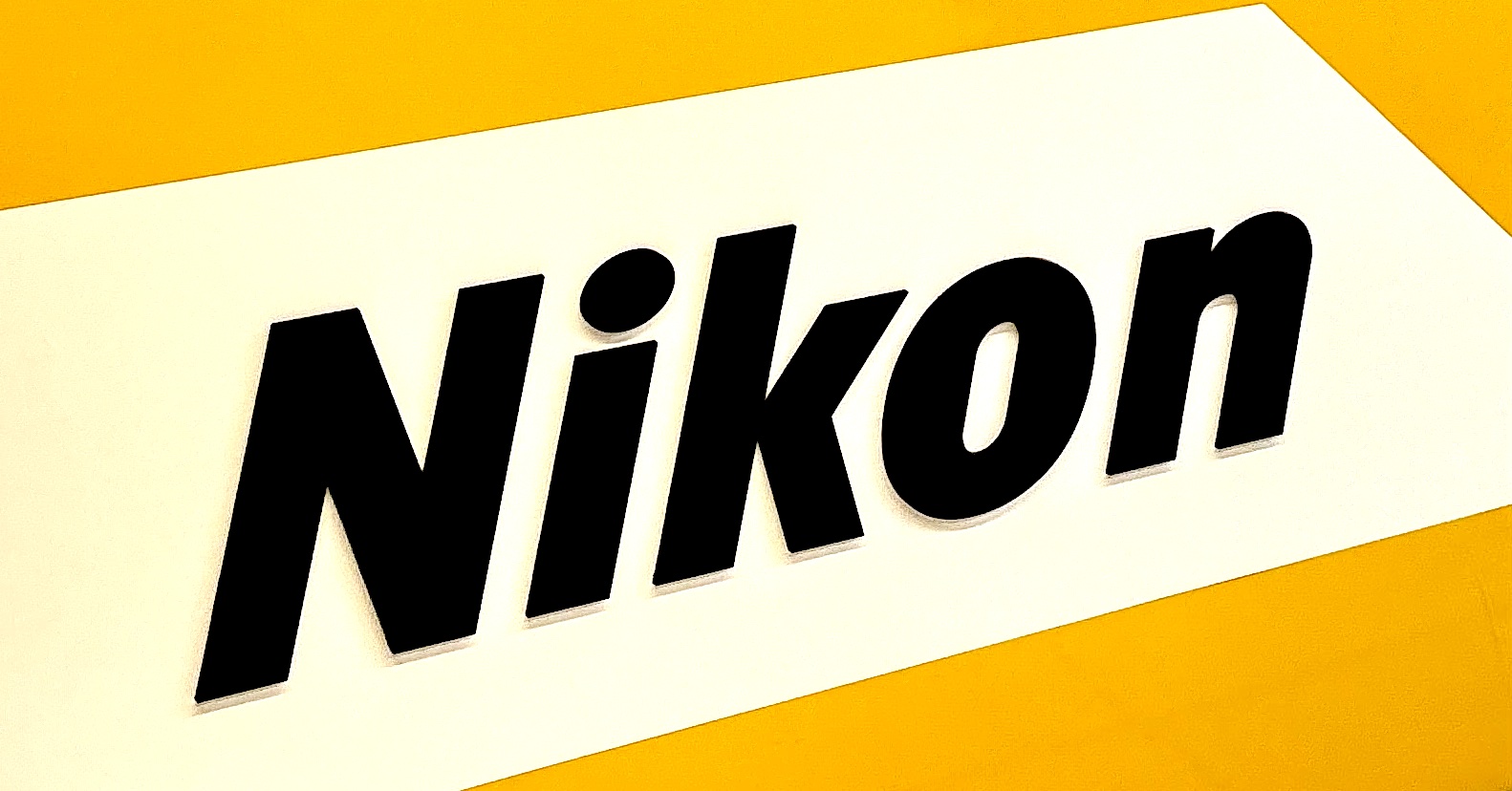
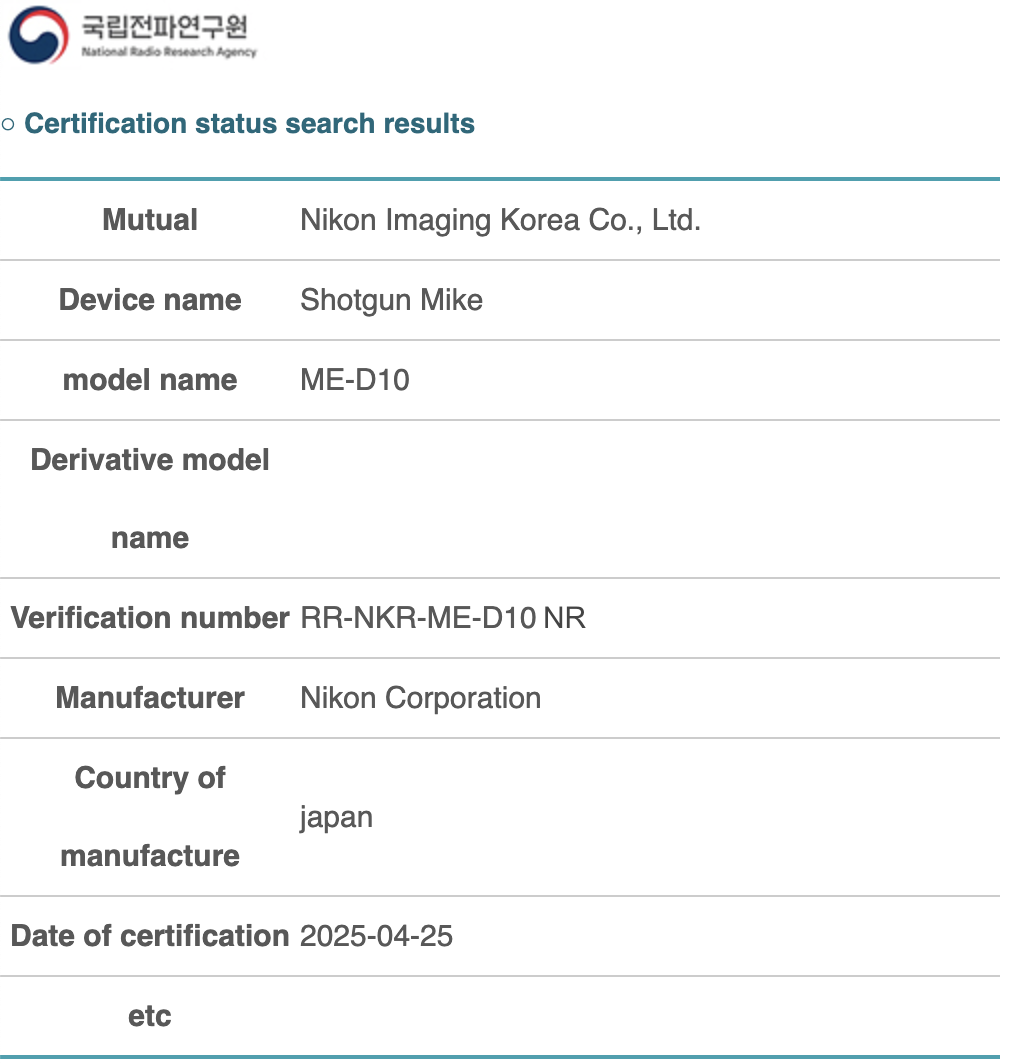




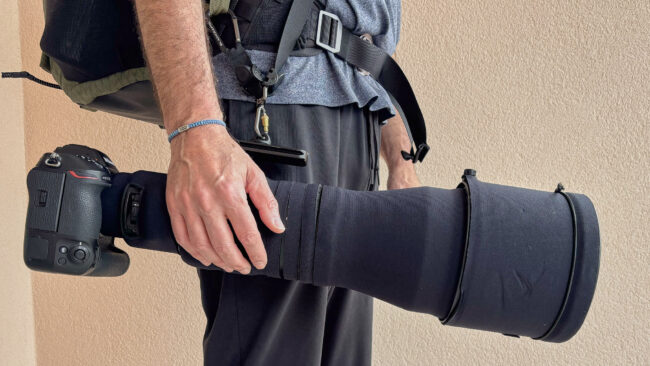


















.png?width=1920&height=1920&fit=bounds&quality=70&format=jpg&auto=webp#)
.png?width=1920&height=1920&fit=bounds&quality=70&format=jpg&auto=webp#)






































